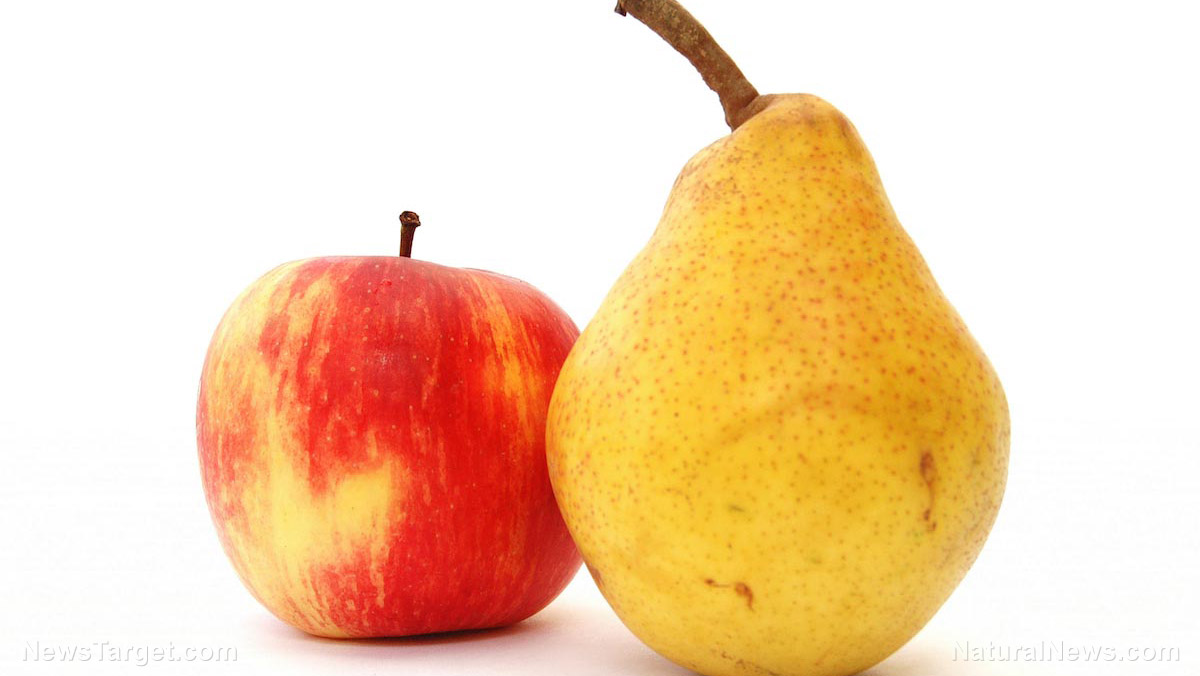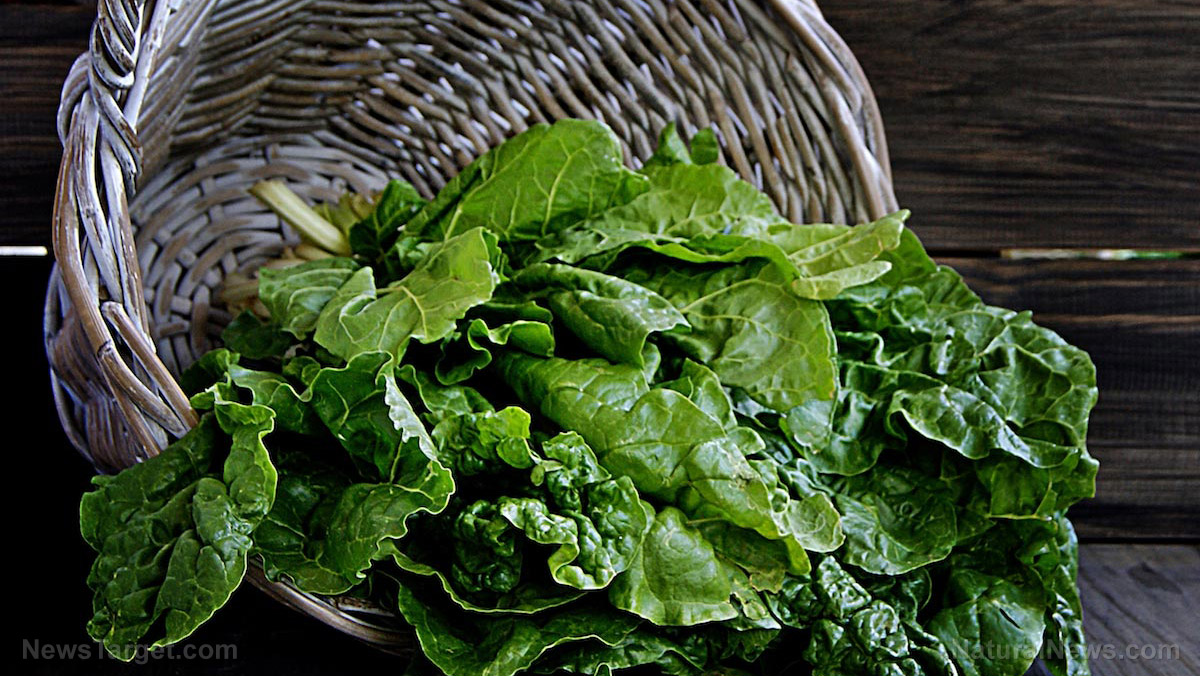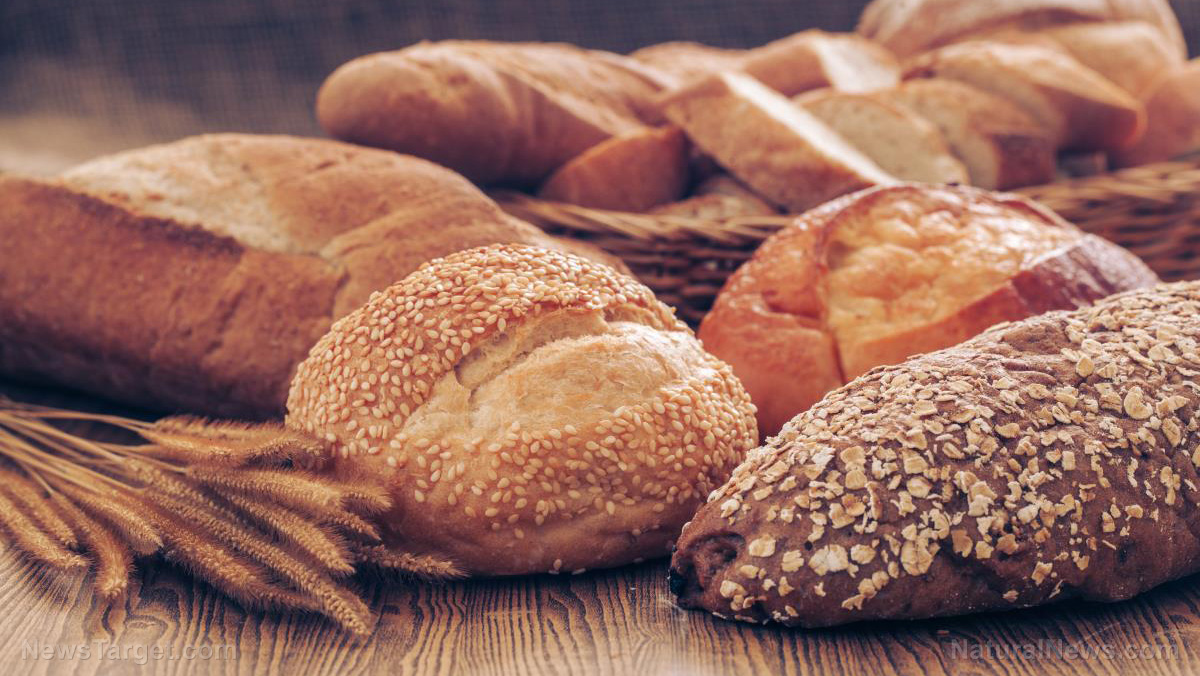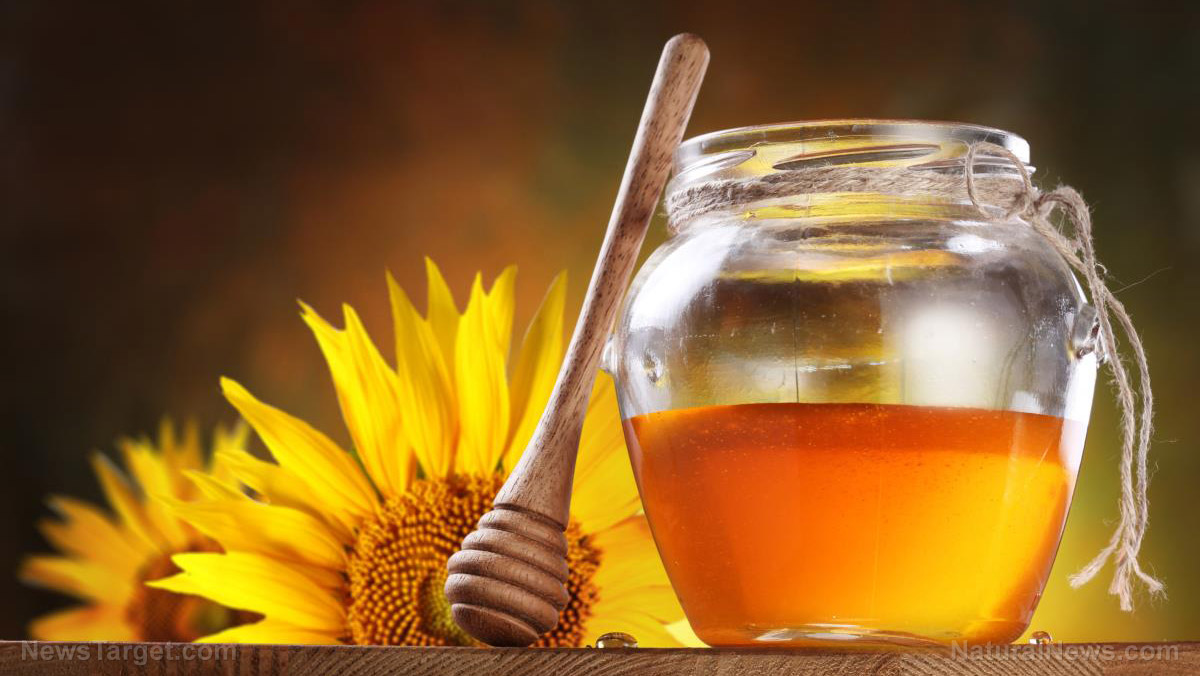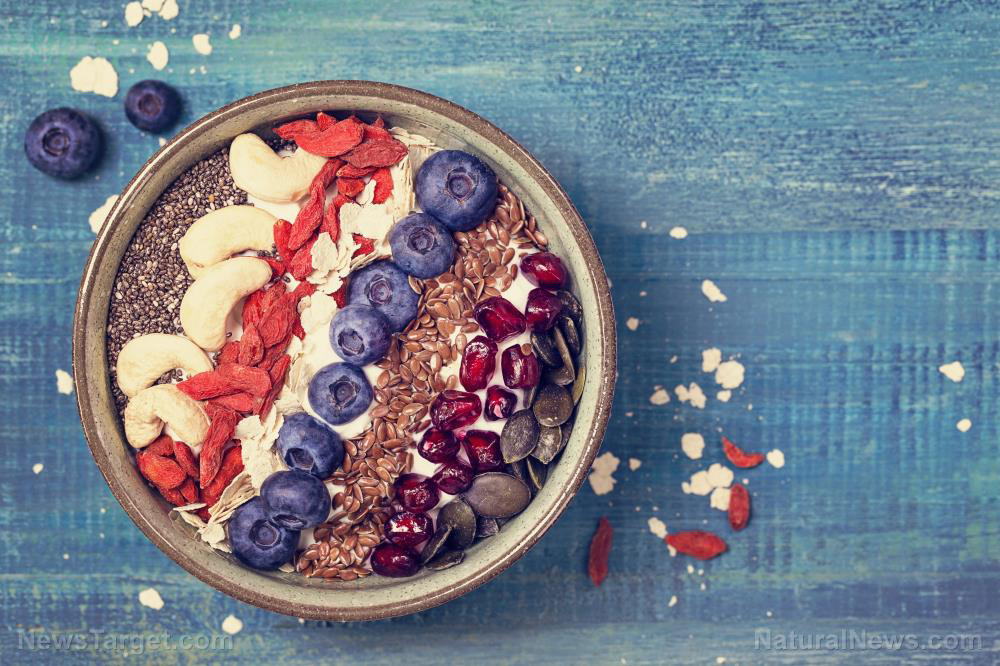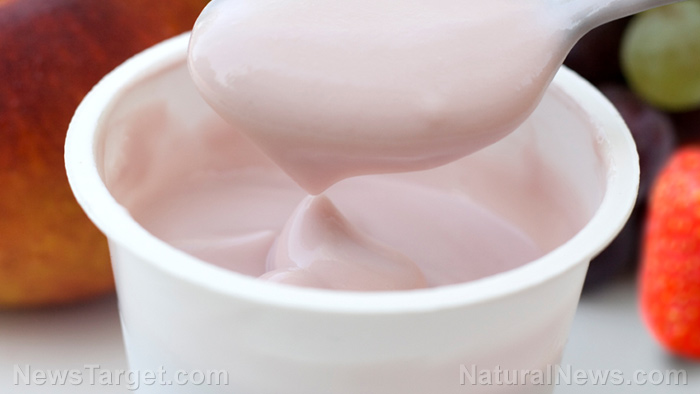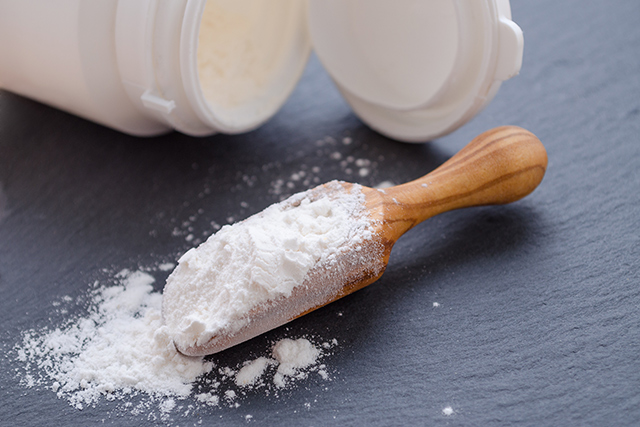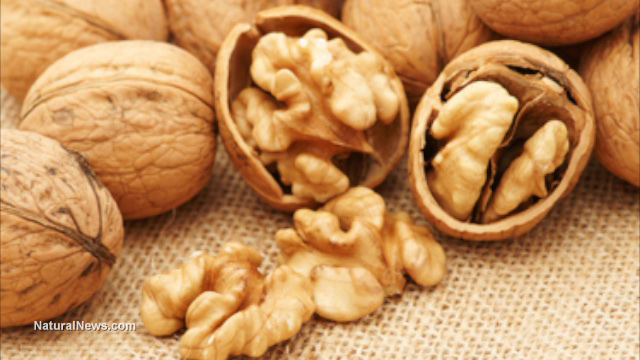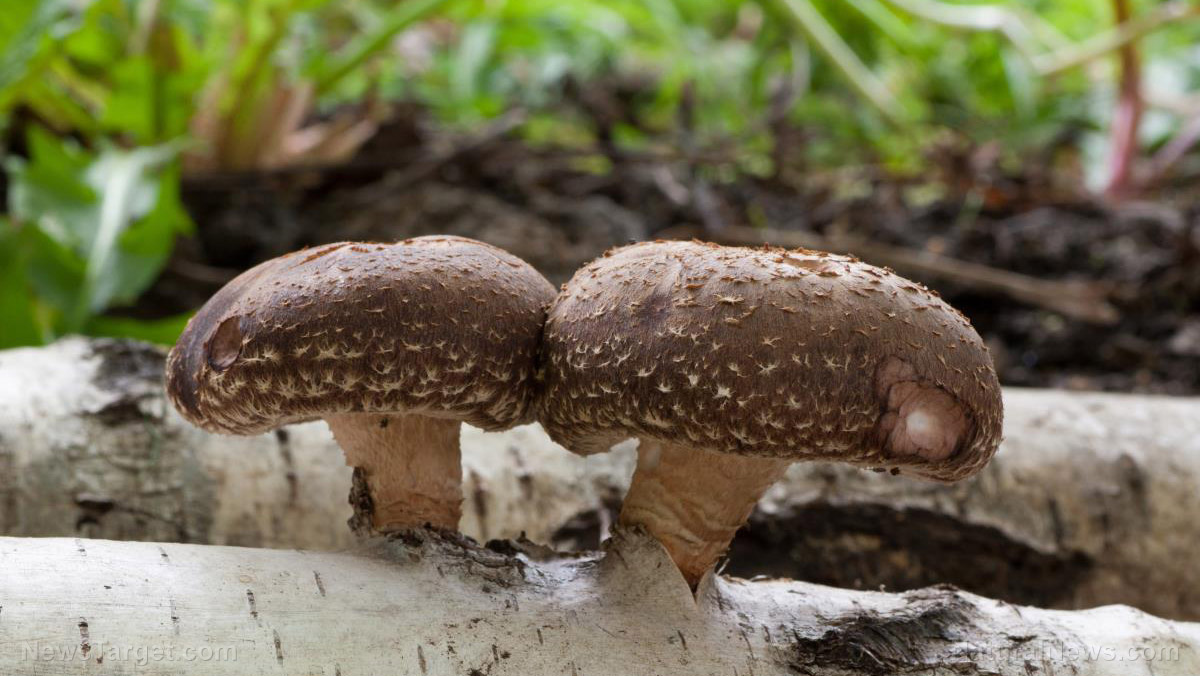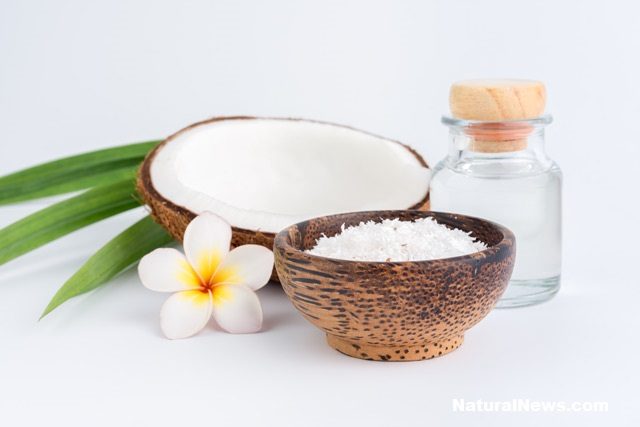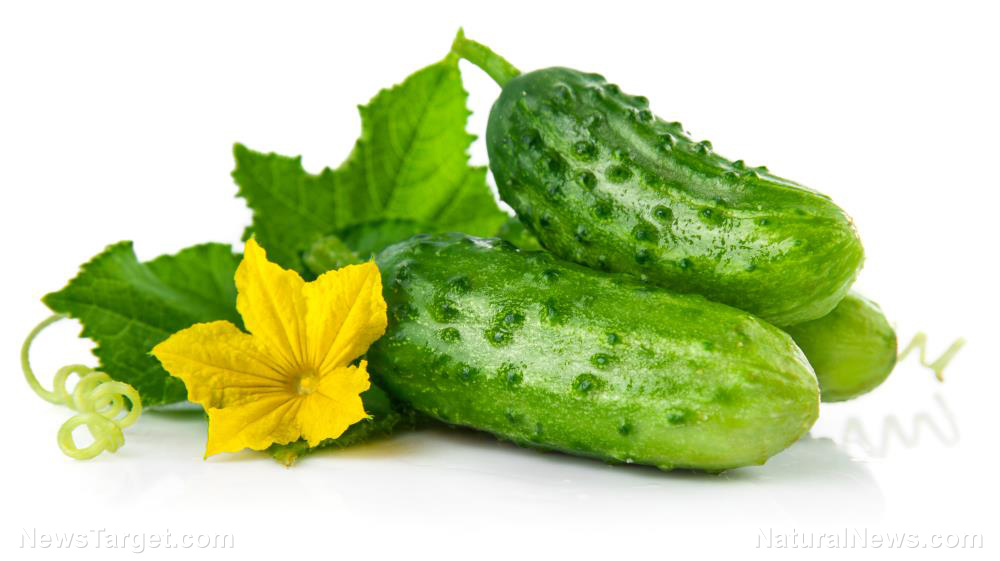Can sulforaphane help children with autism?
04/20/2019 / By Edsel Cook
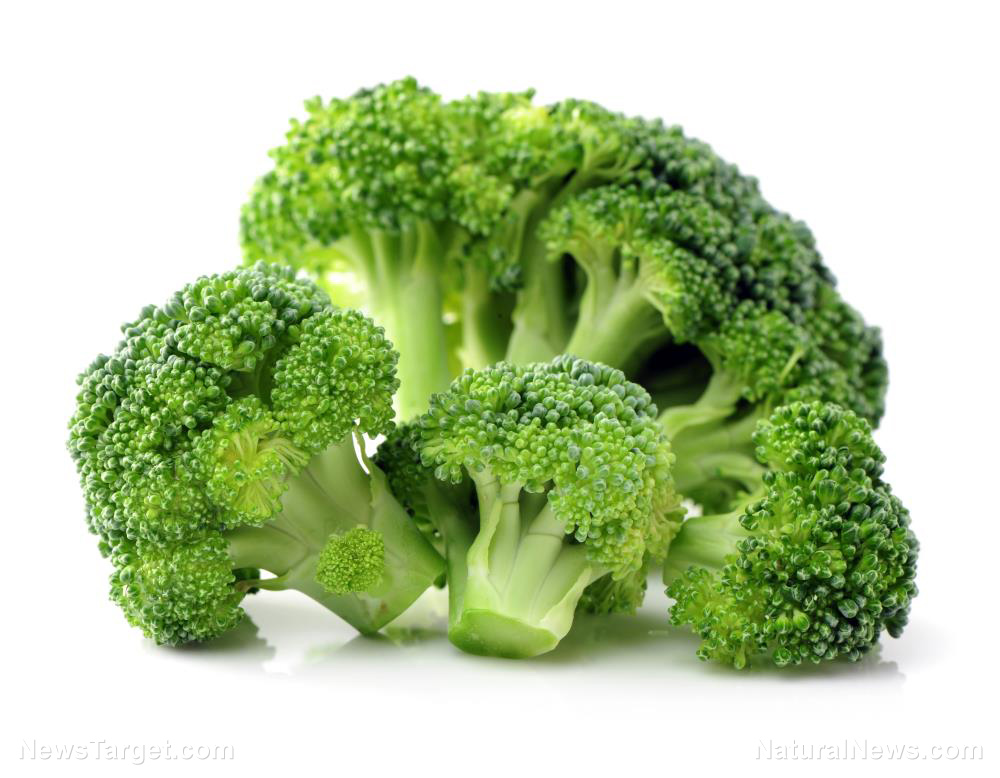
Sulforaphane is a natural compound found in cruciferous vegetables such as broccoli. Recent research indicates that consuming large amounts of this phytochemical can improve the symptoms associated with children’s autism.
Experts warn that autism now affects one out of every 45 children. The rate at which new cases are being reported continues to climb with each passing year. This steady spike in the number of autistic children has been linked with the similarly increasing schedule of vaccination, with each new vaccine shot adding a fresh batch of toxins that damage the nervous system.
There are ways to alleviate the effects of autism on a child even after vaccination. Researchers from the Johns Hopkins University (JHU) showed that eating foods rich in sulforaphane can enhance the social skills, ability to verbally communicate, and general behavior of children suffering from autism.
Published in the scientific journal Proceedings of the National Academy of Sciences, the new study evaluated the effects of sulforaphane on autism spectrum disorder. It found that the plant-based compound could activate and improve the efficiency of the genes that shield cells from inflammation, genetic damage, oxidative stress, and other factors associated with autism. (Related: Five surprising health benefits of cauliflower.)
Sulforaphane supplementation improves autism symptoms
The JHU researchers evaluated a group of 40 autistic males whose ages ranged from 13 to 27 years. Some of the participants were treated with sulforaphane, while others were administered a placebo that did not have any effect. The treatment period lasted for 18 weeks.
Before conducting the experiment, the researchers analyzed the behavior, communication skills, and social responsiveness of the participants. They re-evaluated these during the fourth, tenth, and final weeks of the treatment. They also performed follow-ups after the trial.
The results of their experiment showed that the sulforaphane group demonstrated considerable improvements in social behavior by the time of the fourth week of treatment. At the end of the trial period, 46 percent of the treated participants became better at social interaction, 42 percent improved their verbal communication skill, and 54 percent demonstrated reduced incidences of autistic behavior.
However, these improvements were undone after the experiment. Many of the participants stopped taking sulforaphane once the experiment came to a close, showing that steady consumption of the compound was necessary to prevent relapse.
Compounds in apples, broccoli, and onions could alleviate autism
The results of the JHU study reflected those in a different experiment involving patients with autism who were also suffering a fever. The researchers theorized that the conditions of a fever activated the body’s natural response to stress.
In turn, the stress response activated protective mechanisms in the cells that fought off the symptoms of the disease. This activation of genetic expressions associated with natural healing processes would decrease inflammation and protect cells and tissue from damage.
These cellular defense mechanisms could be boosted by eating healthy foods like apples, broccoli, and onions. These foods contained plant-based compounds like sulforaphane and quercetin that support healthy cellular functions.
A protein called Nrf2 is the current focus of much research. This protein normally oscillates in and out of the nucleus of a cell every 129 minutes. It serves as a cellular surveillance system that boosts the health of the cell in times of danger.
When there is a threat to the health of the cell, Nrf2 oscillation speeds up. This increases the number of antioxidants that protect the cell from getting damaged by free radicals.
Nrf2 oscillation can be increased by the presence of certain compounds, such as sulforaphane in cruciferous vegetables and quercetin in both apples and onions. When either of these substances is around, the oscillation takes only 80 minutes, spurring the production of protective antioxidants.
Sources include:
Tagged Under: autism, autism recovery, broccoli, cruciferous vegetables, food cures, grocery cures, improve autism symptoms, neurology, nutrients, phytonutrients, quercetin, sulforaphane, Veggies

